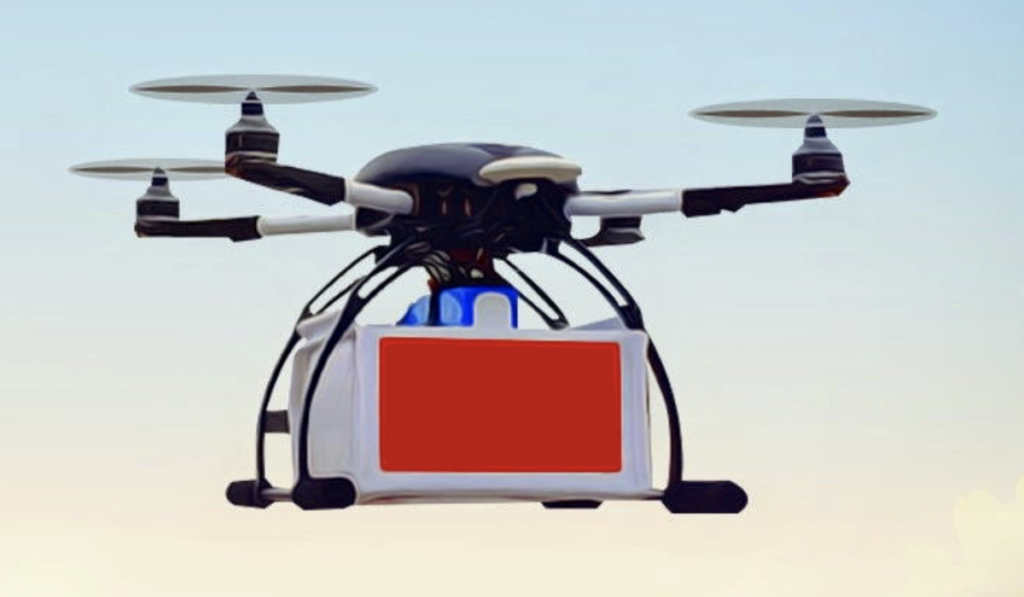
Transportation and shipping by air is quick, but costly. Boat is a lot cheaper, but extremely slow. So why not send all those boxes and parcels on an un-piloted, amphibious Boeing 777-sized drone that can take to the air end to end and finally drop off as much as 200,000 pounds of cargo at a seaside port? It would transmit the cargo at about partly the cost of standard air freight. Making a transportation drone that merge high speeds, low costs, and large payloads may sound like untainted desire, but in a period of increasingly growing international transportation volumes, Nautilus’ vision is more than just simply fascinating.
That’s the idea behind Natilus vision, a Richmond, California-based startup who plans on flying FAA-approved tests of a 30-foot trial product that’s about the volume and mass of a military Predator drone. The flight will mark the foremost major step toward overturning the global freight forwarding industry. Ultimately, CEO Aleksey Matyushev says, the company anticipates flying the prototype on 30-hour test runs, shipping up to 700 pounds of cargo, between Los Angeles and Hawaii. One motive for buoyancy is the certainty that most cargo planes today were formerly passenger planes that have just been modified for cargo. With a plan in mind for a propeller-driven cargo drone that is suitable for volume as disparate to the present weight-centric models, Natilus’ aircrafts will be totally unlike the present industry standard.
The objective is to end production of the full-size, over 200-foot drone before 2020, then have it go through testing and guarantee before commencement of actual commercial flights. Natilus expect to build hundreds of the drones, some of which will be sold straightforwardly to customers—preferably to companies like UPS and FedEx as well as “standard freight forwarders” like Whole Foods and Costco.
The startup is prepping vast, 200ft-long drones that would ship up to 200,000 pounds of cargo over the ocean. They’d tentatively reduced the cost of air freight in half by removing the crew and improving fuel effectiveness. And despite the fact that the drone is likely wouldn’t be allowed to fly over populated areas, that wouldn’t raise an issue— it’s intended to land on water and unload its goods at a seaport. The belief is that after landing, they would taxi into a typical port, where cargo would be unloaded by means of cranes. According to the startup, the aircraft would cover up the course from Los Angeles to Shanghai in about 30 hours.
Though Natilus is still quite a few years away from delivering the drones—it presently function with just three major staffers and less than a million dollars in funding—Chris Connell, president of the global perishable goods transporter. By 2020, Natilus’s gigantic unmanned planes could transport 200,000 pounds of goods across the world. But foremost, the 30-foot prototype must pass test runs. For now, Natilus is paying attention on getting its 30-foot prototype, which is about 70% complete, set for summer test-run in San Pablo Bay, just northeast of San Francisco. If those go fine, then it’s complete steam further on the 777-sized model, provided that supplementary funding and the manufacturing talent needed to build it become visible.